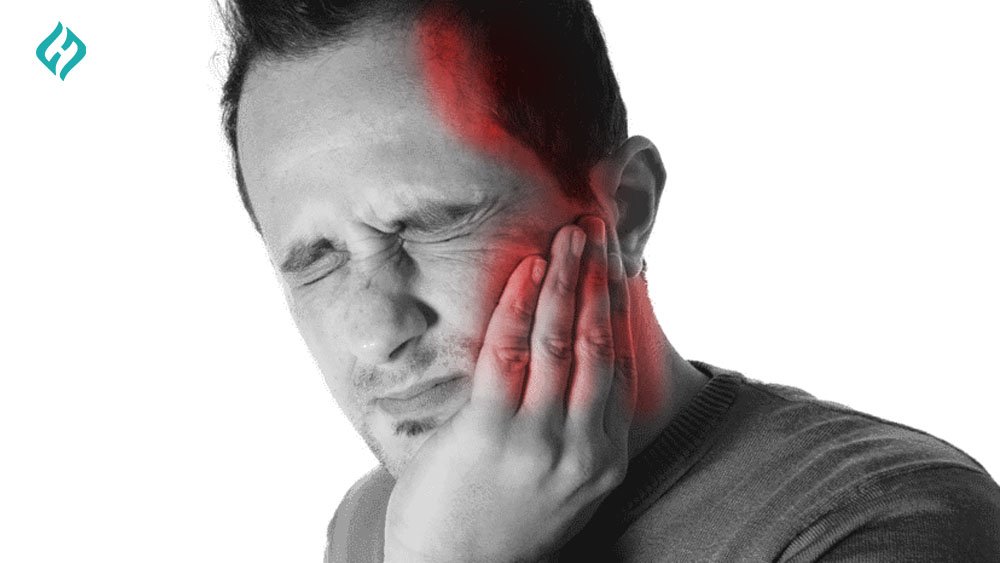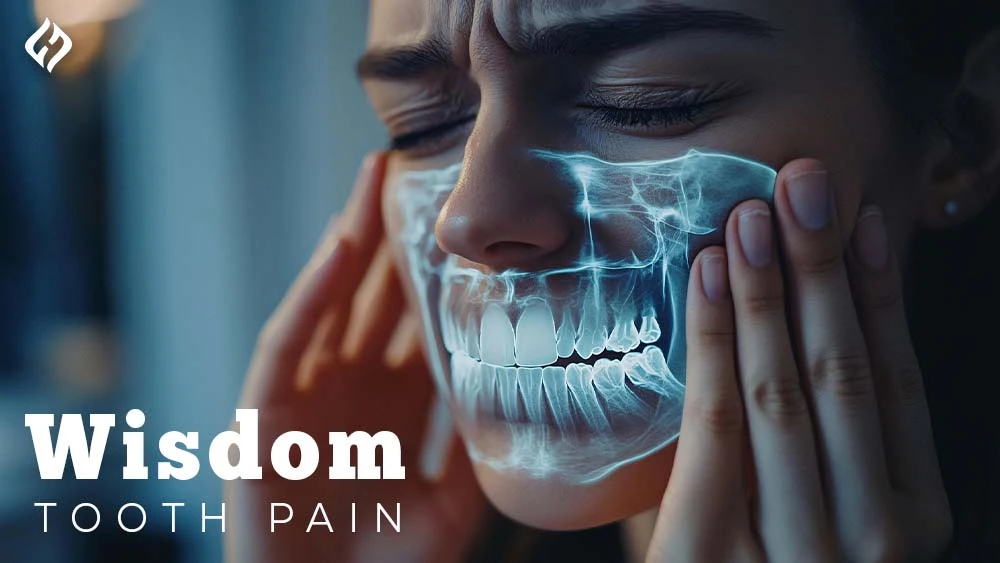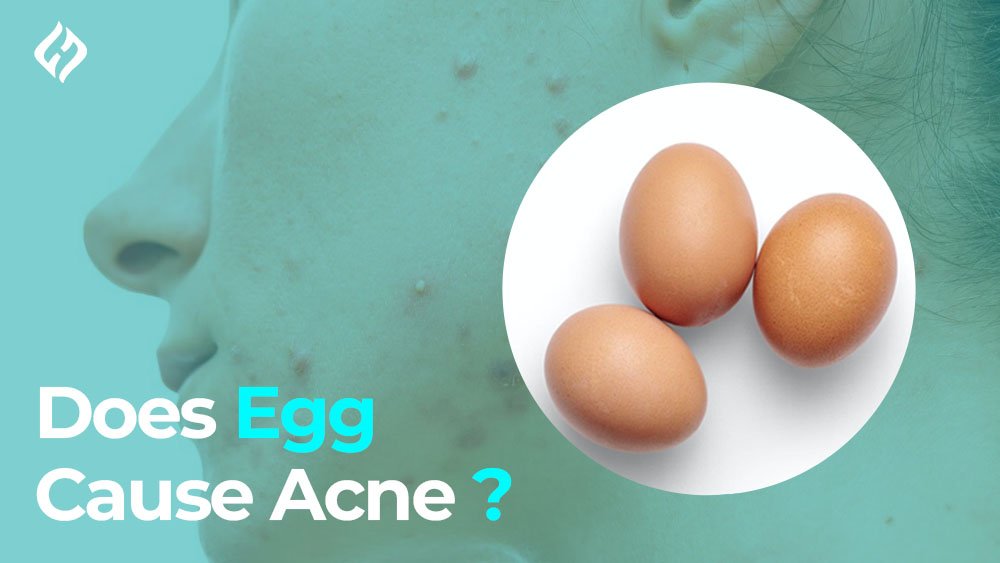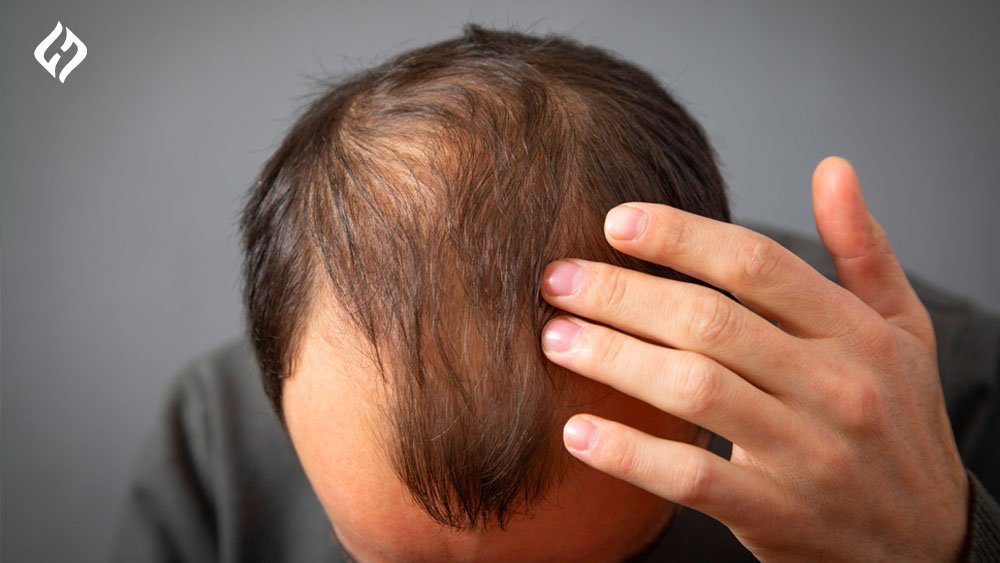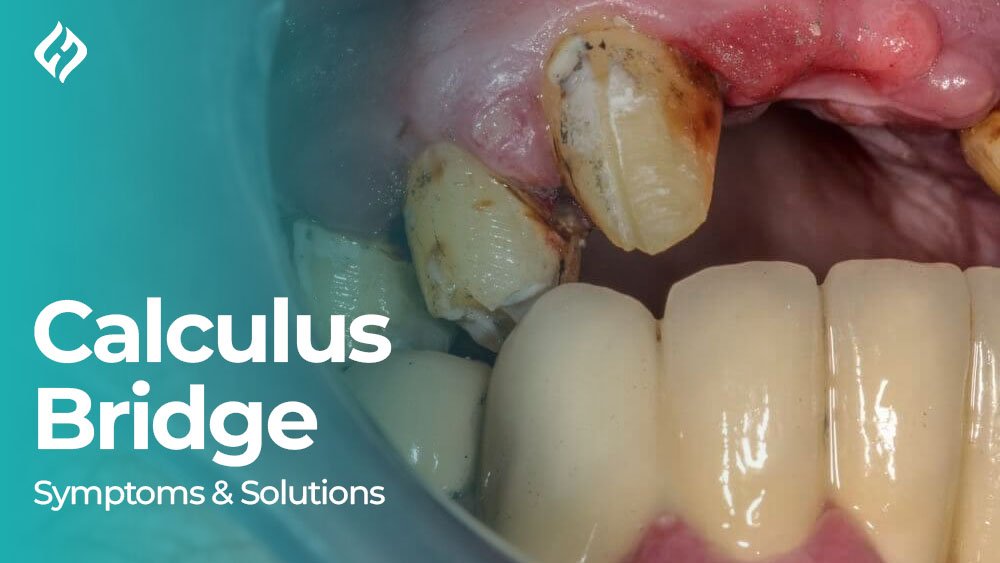Can Tooth Pain and Headache Be Connected?
Headaches can be caused by tooth decay if there’s an abscess in the tooth, cavity, and jaw pain. Face, jaw, and teeth nerves, with trigeminal nerves that provide sensations, make a complex network of nerves. This nerve plays a crucial role in sending messages from your face and mouth to your brain. If you feel pain in any of your teeth, disturbance is created in the trigeminal nerve, which can lead to pain in other areas like your head. That’s why you feel a headache that is connected to your teeth. For a better understanding of why headaches are linked to tooth pain, their causes, and relief options, let’s dive deep.
How Tooth Pain Can Trigger Headaches
There are many reasons for tooth pain, which causes headaches or migraine. Some tooth pain occurs due to impaction, a condition in which a tooth doesn’t come up from the gums fully. Cavities and some cracks are also the reason for tooth pain, which then leads to headaches or migraine if these conditions are left untreated. Migraines are often one-sided headaches and can cause other conditions like nausea, vomiting, fatigue, etc. The trigeminal nerve is the only connection between headaches and toothaches, linking the mouth and face to the brain. Any irritation in this nerve due to toothache causes headaches or migraine. When a person feels pain in his tooth due to any infection or inflammation, this nerve sends pain signals to the forehead, temples, and back of the head.
Referred Pain: When Tooth Pain Feels Like a Headache
When pain in one part of the body feels like pain in another part, referred pain, tooth pain, and headache are some examples. Referred pain is linked to trigeminal nerves, which connect the mouth to the brain. If someone feels pain in his tooth, but it feels like the pain isn’t in your mouth and your ears and forehead. Due to poor brushing habits, the buildup of bacteria in teeth causes tooth decay and gum diseases, which can lead to cavities. Tooth infection sometimes causes serious problems like sepsis. Foul breath, swelling in the upper and lower jaw, severe toothache, and hot and cold sensitivities are some symptoms of tooth infection.
Conditions That Link Tooth Pain and Headaches
Dental infections like cavities or abscesses are common conditions that link to tooth pain and cause pain in the temples and headaches. Headache can also occur due to gum disease or periodontitis. Additionally, jaw misalignment, called malocclusion, leads to tooth pain and headache. Some other conditions that link to tooth pain and headache are described below:
Teeth Grinding (Bruxism)
Teeth grinding, or bruxism causes toothache and headache. A condition in which individuals grind their teeth causes tooth pain, leading to pain in the head. Rarely does this condition occur in individuals during the day, but it mostly occurs in the night. Grinding sometimes causes discomfort and soreness due to immense pressure on surrounding muscles. Due to this condition, individuals often feel pain behind the eyes and around the head. The real factor causing bruxism is unknown. However, mental health and genetic factors play a role in causing bruxism. Symptoms of bruxism are as follows:
- Teeth grinding or clenching
- Worn tooth enamel
- Tooth pain or sensitivity
- Flattened and fractured teeth
- Trouble in opening and closing of mouth
Some individuals feel headaches or migraines in the morning due to nighttime bruxism. Grinding causes tension, which spreads to other areas like the jaw, temples, and head, causing migraine.
Sinus Infections (Sinusitis)
Toothache and headaches are also caused by sinus infection (sinusitis). Sinusitis is a condition in which sinus structures inside your face get blocked and filled with fluid. Some individuals feel inflammation in their upper teeth, which are close to sinus cavities (behind your cheekbones), leading to tooth pain. This condition causes throbbing pain in the upper jaws, which spreads to the temples, cheeks, eyes, and forehead. Sinus infection is caused by a cold, or sometimes this infection occurs due to bacteria, viruses, and fungi. Pressure and pain in your teeth, cold, and runny nose with mucus are some common symptoms of sinus infections. Using medications like decongestants or antibiotics can get rid of both the tooth pain and headache.
Understanding TMJ Disorders and Their Role in Tooth Pain and Headaches
Temporomandibular joint or TMJ disorders can also be a cause of tooth pain and headaches. Chewing, yawning, swallowing, and moving your jaw are only possible because this joint connects your lower jaw (mandible) to your skull. When the temporomandibular gets inflamed, it can cause pain that can spread to your teeth and jaw and lead to headaches. Headache or migraine can occur due to TMJ disorder. TMJ migraine starts from the ears to the jaw, temple, and then head. Due to bruxism, lower jaw (mandible) muscles become misaligned, and temporomandibular joint disorders occur. TMJ disorder symptoms include a clicking sound produced when you chew food and jaw problems like jaw stiffness.
Trigeminal Neuralgia: A Rare but Severe Cause
Trigeminal neuralgia is a painful condition that occurs due to trigeminal nerve damage. It carries sensation from your face to your brain. Some compression and irritation in the trigeminal nerve can lead to stabbing pain in the teeth and jaw that might feel like an electric shock. The pain can become intense by brushing, chewing, or swallowing. The intense jaw and tooth pain leads to headaches and migraine. Early medications are the best choice in this condition; otherwise, severe trigeminal neuralgia is treated surgically.
When Tooth Pain Leads to a Dangerous Headache Condition
Sometimes, untreated tooth pain can become a dangerous headache condition. If an individual has gum disease or any tooth infection, it can become worse if it is left untreated. The infection can spread to areas around the jaw, like the sinuses, or rarely in the brain. This causes a serious condition called meningitis. Meningitis can lead to severe headaches, migraine, and fever. The headache caused by meningitis is not a normal tooth pain headache; instead, sometimes, it’s become a medical emergency.
What Are the Other Symptoms of Migraine?
Symptoms of migraine headaches are different from other types of headaches. Individuals may feel vomiting, nausea, fever, and sensitivity to light or sound when they are experiencing migraines. Most individuals may experience it last for some hours, and some may even face it for days. Migraines can worsen by doing any physical work or movement, as well as loud sounds and too much noise. For some people, tooth pain can lead to headaches or even migraines and also make existing migraines worse.
When to See a Doctor for Tooth Pain and Headaches
It’s important to consult a doctor whenever you face any tooth pain or headache. If you experience symptoms like fever, swelling, nausea, vomiting, and pain in the neck or tooth, it can cause severe infections that can lead to headaches or migraine. It’s necessary to get medical attention when you feel frequent tooth pain or frequent headaches. In some cases, a simple nerve or sinus condition becomes so serious that it needs to be treated surgically. Early treatment is key to preventing further complications.
Managing Tooth Pain and Headaches at Home
Tooth pain and headaches can be treated at home but for temporary relief. Painkillers like ibuprofen or acetaminophen can help reduce tooth pain. Applying ice cubes on the face near tooth pain can numb the area and reduce swelling and tooth pain. Drinking tea is also very helpful in getting rid of headaches. Avoid solid and crunchy foods that can make the condition severe. Tension headaches caused by jaw clenching can be reduced by deep breathing or jaw exercises. These tips can give you temporary relief, so it’s necessary to consult with your dentist if you feel any tooth pain or headache.
Getting the Right Diagnosis for Tooth Pain and Headaches
Dentists can examine your teeth to check for cavities, infections, or gum disease, so it’s better to consult with your dentist first if you are facing any tooth pain. They may take X-rays and will give you the exact cause of your pain. If the dentist sees your problem in your jaw muscles or nerves, he may refer you to a specialist like a neurologist. CT scans or MRIs are recommended for headaches and to see if you have sinus infections or any neurological disorders.
Effective Treatments for Tooth Pain and Associated Headaches
If you are suffering pain due to any cavity or infection, your dentist may recommend a filling or root canal to treat this issue. If the pain is due to misaligned jaw tissue, orthodontic treatment or mouthguards might be recommended. Wearing a mouthguard during bruxism headaches can prevent teeth grinding and reduce jaw pain. In some cases, medications like ibuprofen or anti-inflammatory drugs might be prescribed to manage both tooth pain and headache. If the pain is due to a sinus infection, medications like decongestants or antibiotics can help treat the disease.
Bottom Line
Tooth pain and headaches are often connected, and understanding their cause and solution to relief is the key finding. Conditions like bruxism, sinus infections, TMJ disorders, and trigeminal neuralgia occur due to tooth pain and headache. Managing these conditions at home with simple remedies may provide temporary relief, but it’s important to consult a healthcare professional. With the right care and proper management, both tooth pain and headaches can be effectively treated and cured.
Also Read: How Long Until a Tooth Infection Kills You?


